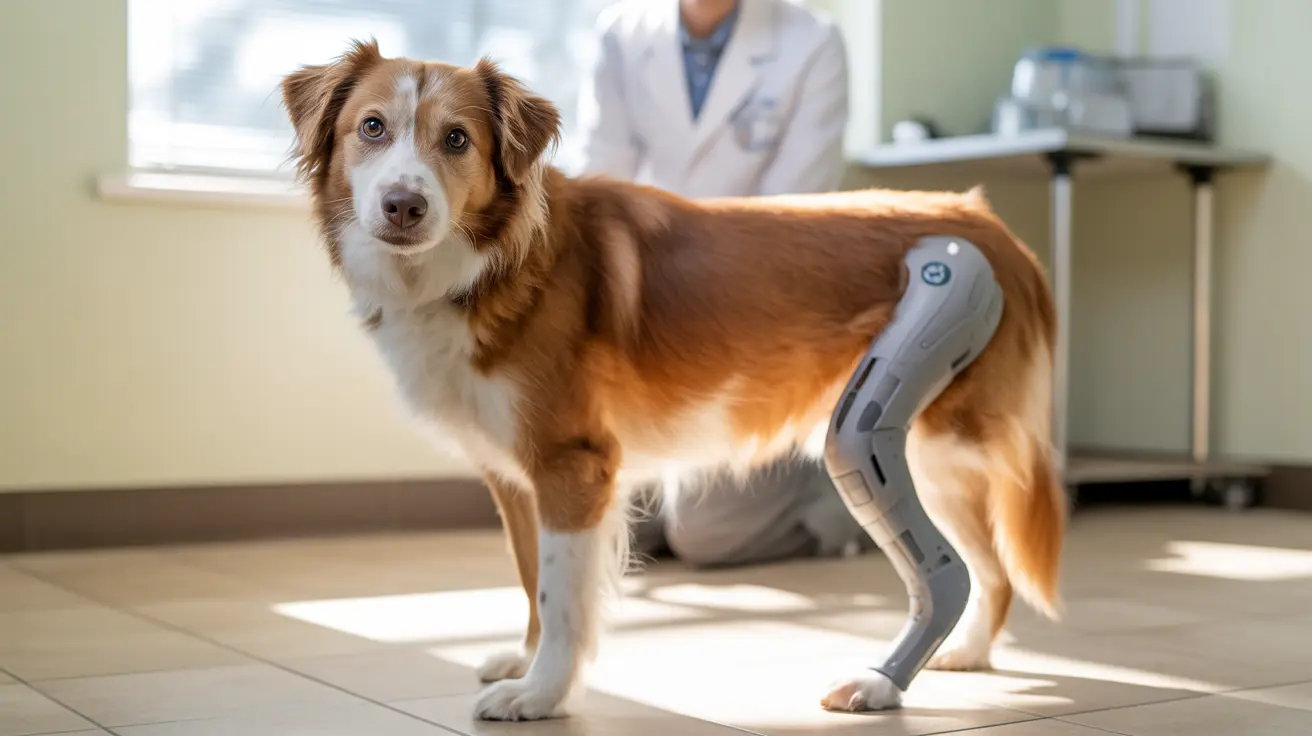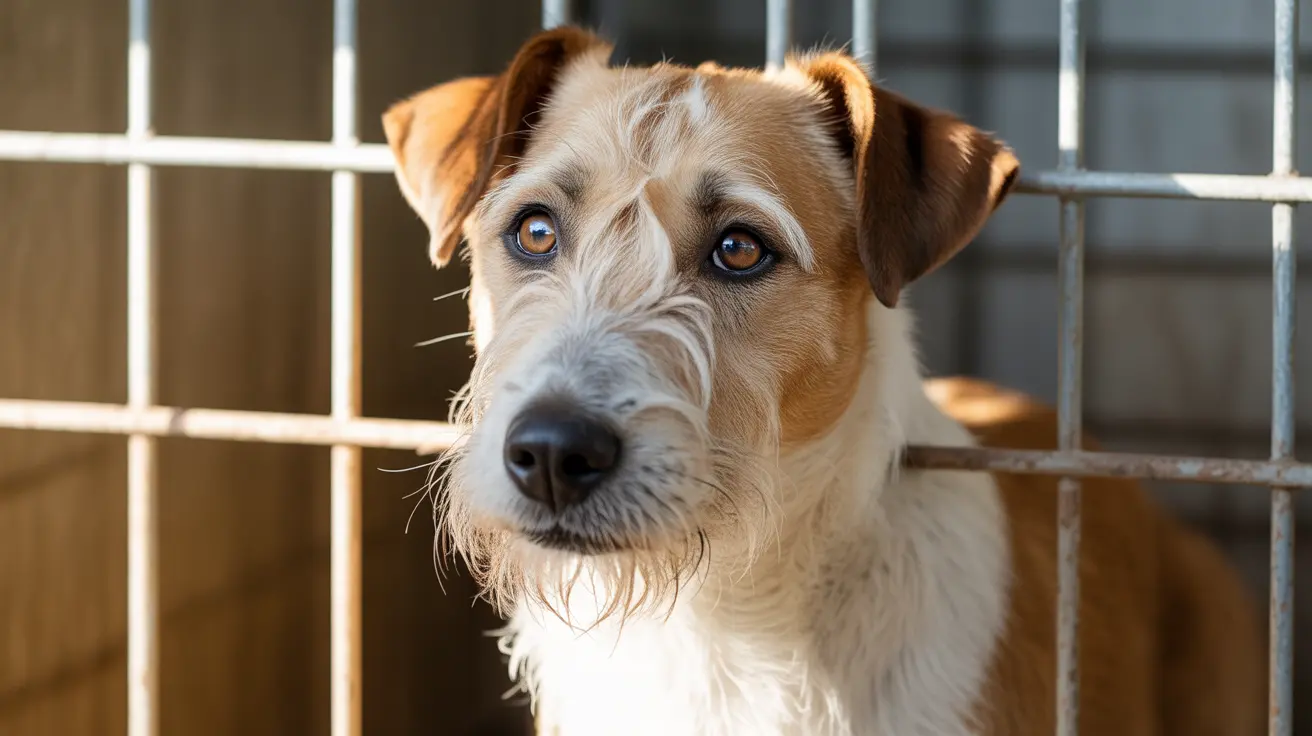Why Many Dogs Enjoy Long Car Rides
Dogs and car rides often go hand in paw, and for good reason. For many canines, a trip in the car is not just transportation—it's a thrilling adventure filled with stimulation, bonding, and excitement. Yet, like humans, not all dogs react the same way. Understanding why dogs often seem to love long car rides can help owners make travel an enjoyable experience for their furry companions.
1. A Symphony of Scents
Dogs experience the world primarily through their noses. With
hundreds of millions of scent receptors—far outnumbering the five million in humans—a car ride offers a moving theater of changing smells.
- Open windows allow smells from plants, animals, and other locations to flood in.
- The constant motion introduces new scents every second, creating an exciting mosaic of information.
- Some smells may be familiar, adding to a sense of continuity and comfort.
This olfactory stimulation engages their brains and keeps them alert and curious throughout the trip.
2. Visual and Mental Stimulation
Just as humans enjoy a change in scenery, many dogs get a mental boost from watching the world go by.
- New sights such as other animals, bustling streets, trees, and people provide entertainment.
- This exposure breaks the monotony of home-life routines.
- Frequent travelers may even start recognizing routes and familiar destinations.
For high-energy breeds or young dogs, this visual variety can be essential for mental well-being.
3. Sense of Adventure and Instinctual Fulfillment
Dogs are descendants of hunting pack animals. The
movement of a car mimics coordinated pack travel, tapping into ancient instincts.
- Traveling with their human “pack” reinforces their role within the group.
- Sights of moving animals or vehicles may mimic chasing prey, adding excitement.
- Dogs often interpret the car journey as purposeful, which is inherently satisfying to them.
This instinctual fulfillment contributes to their willingness to jump into the passenger seat without hesitation.
4. Association with Positive Experiences
A key factor in a dog's love for car rides is the
positive reinforcement tied to destinations.
- Trips to the dog park, hikes, beach visits, or just getting treats create positive associations.
- Many dogs recognize signs of an impending car ride—like the sound of keys—and respond with excitement.
- Repetition of enjoyable outcomes strengthens their expectations and desire for car travel.
Dogs quickly learn that the car often means fun, making it a source of joy even before it starts moving.
5. Bonding Time with Owners
Dogs are extraordinarily social animals. For many, time spent in a car isn’t just about the ride—it's about
being close to their favorite human.
- Rides often represent uninterrupted attention, especially if the dog rides up front.
- Having the family nearby makes the car feel like an extension of the home.
- The confined space can amplify bonding moments, from petting to vocal reassurance.
This social dynamic deepens the dog's trust and strengthens the human-canine relationship.
6. Creating a Safe, Familiar Environment
Over time, dogs often view the car as a
personal, familiar territory, especially when it smells like home or contains comfort items.
- Bringing a favorite blanket or toy helps create a sense of security.
- Some dogs even guard the car like they would protect the home.
- Calm behavioral patterns suggest a secure attachment to that space.
This perception of safety can make even long rides stress-free.
7. When Dogs Don’t Enjoy Car Rides
Not all dogs are thrilled by vehicles. Reasons for discomfort include:
- Motion sickness, especially in puppies or smaller breeds.
- Anxiety from negative past experiences like vet visits or being left at a kennel.
- Fear of unfamiliar sounds or disruptions to routine.
To help anxious dogs:
- Start with short rides and gradually extend them.
- Ensure the vehicle is neither too hot nor too cold.
- Introduce car rides during periods of calm and reward them generously.
8. Safety Considerations
Enjoyment should never compromise
safety.
- Use seatbelt harnesses or travel crates to prevent injuries.
- Never allow dogs to hang their heads out of the window—it risks eye or head trauma.
- Ensure ventilation and never leave dogs unattended in a hot car.
A safe trip is a happy one for everyone involved.
Conclusion
Dogs often relish long car rides for numerous reasons: the ever-changing smells, sights, companionship, and associations with positive destinations. While some dogs may need acclimation and special attention, most respond enthusiastically to the chance for adventure and bonding. With proper preparation and safety, car rides can become one of your dog’s favorite pastimes.





